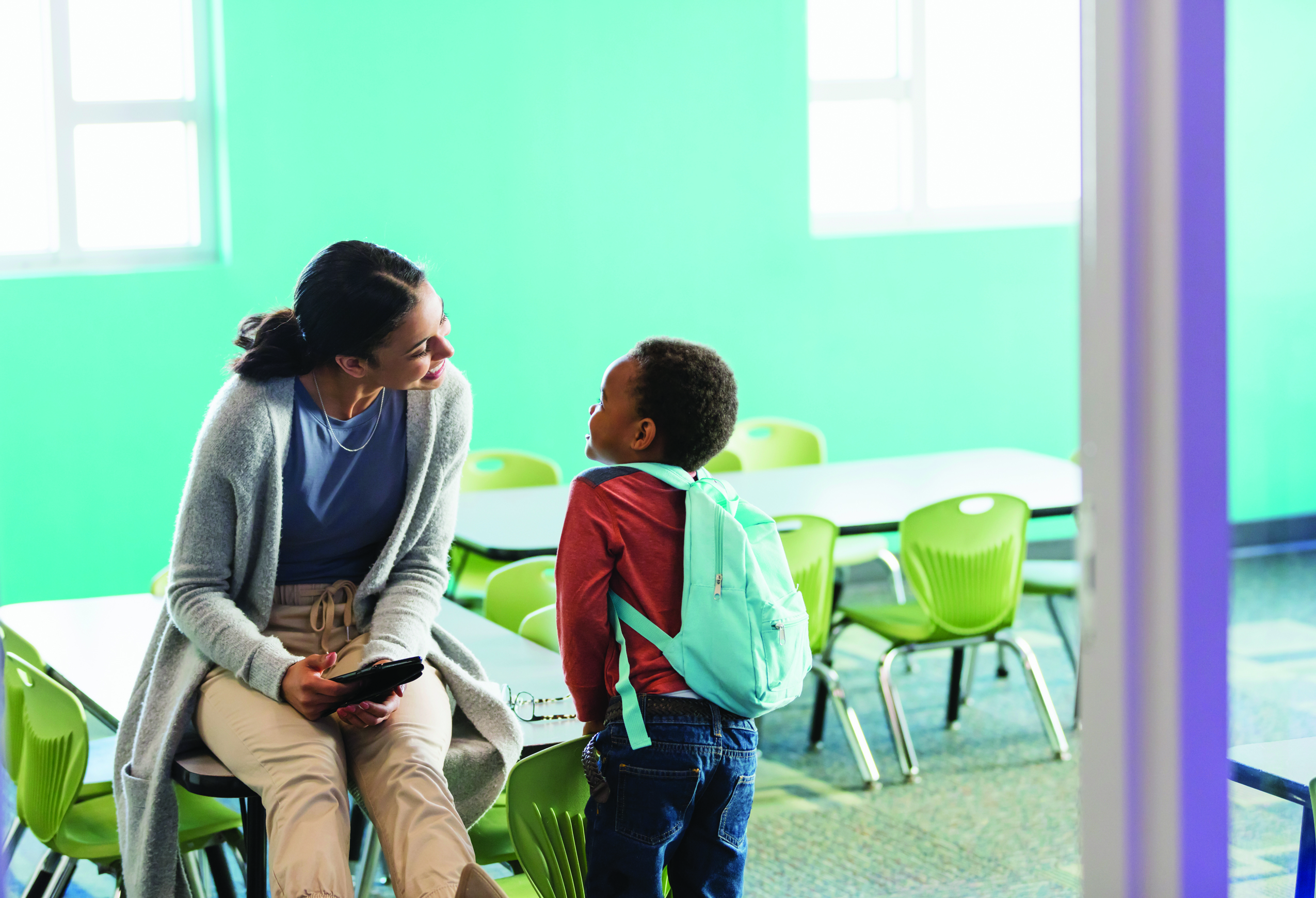8x. Developing Empathy to Build Warm, Inclusive Classrooms

You are here
Modeling and teaching empathy— concern for others’ feelings—is an important part of being an effective, culturally competent teacher. But research shows that teachers tend to be less empathetic with children who are from different ethnic and cultural backgrounds than their own. Fortunately, research also indicates that by building self-awareness, teachers can change, creating classroom environments that are equally warm and inclusive for all children.
The following tips can help you consider your assumptions, expectations, and biases so that you can better develop your own empathy and the children’s as well.
1. Think about it
When teachers have unfavorable perceptions about children who differ from them (in terms of culture, race, or ethnic identity), children’s learning is negatively impacted. For example, teachers tend to judge Black boys’ boisterous, full body play as more aggressive than similar play among White boys. This contributes to Black boys being much more likely to be suspended or expelled than other preschoolers.
2. Make a difference
Commit to self-reflection to uncover your personal biases and assumptions, and help bridge understanding across cultural groups.
3. Ask yourself hard questions
Reflect on questions like, What are my initial reactions to this child and her family? What do those reactions tell me about my personal beliefs and assumptions? What can I do to build children’s and families’ trust? How can I connect with them in meaningful ways?

4. Model warm and responsive actions
Greet children with a smile and welcoming words. Anticipate and promptly address children’s needs and worries.
5. Highlight respect, kindness, compassion, and responsibility...
by carefully selecting the books, games, music, and other materials in your lessons and activities. Help children discover similarities with peers from different backgrounds.
6. Build a classroom library that features diversity
Make sure the books include characters who reflect the many different identities of the children in your classroom. It’s important for all children—and particularly those of color—to see themselves in stories.
7. Invite guests to share their cultures, traditions, and talents
Tap into children’s and families’ interests and cultural resources by creating time and space for them to share their special skills and knowledge in the classroom.
8. Acknowledge your progress
Consider the changes you’re making, and honor your journey. You are becoming a more culturally competent teacher who is deeply empathetic toward all the children in your class.
This 8x column is adapted from the Young Children article “Culturally Responsive Strategies to Support Young Children with Challenging Behavior,” by Charis Lauren Price and Elizabeth A. Steed.

STANDARDS 1: RELATIONSHIPS; 3: TEACHING
1D: Creating a Predictable, Consistent, and Harmonious Classroom
3B: Creating Caring Communities for Learning
Photographs: © Getty Images
Susan Friedman is Senior Director, Publishing and Professional Learning at NAEYC.